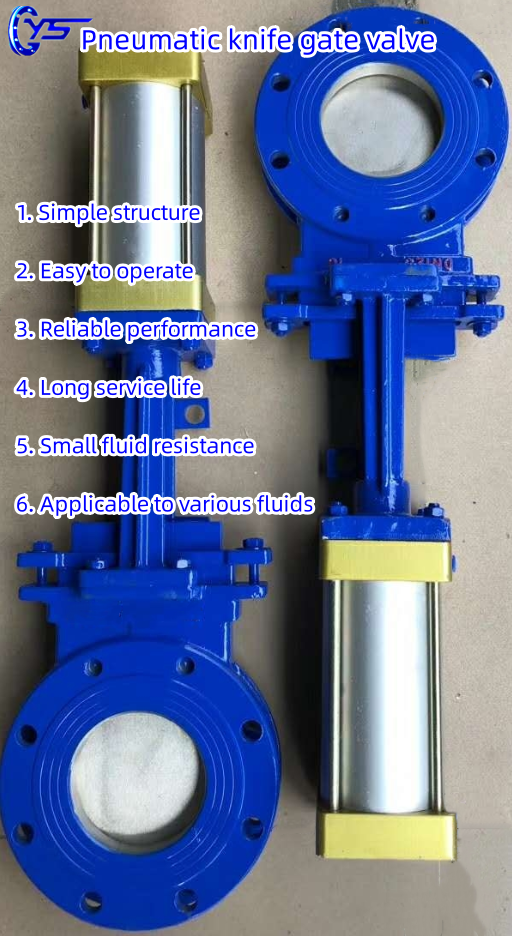Understanding Functionality and Applications of Commercial Pressure Reducing Valves in Various Industries
Understanding Commercial Pressure Reducing Valves
In the realm of fluid management and system control, commercial pressure reducing valves (PRVs) play a pivotal role. These devices are essential in various industries, from plumbing and HVAC to manufacturing, where maintaining a consistent and safe pressure level within a system is crucial for operational efficiency and safety.
What is a Pressure Reducing Valve?
A pressure reducing valve is a mechanical device designed to automatically reduce the pressure of a fluid entering a system. It works by allowing high-pressure fluid to enter, and then it regulates this fluid to a lower, preset output pressure. This is particularly important in commercial applications, where excessive pressure can lead to equipment damage, leaks, and inefficiencies.
Importance of Pressure Control
In industrial settings, different processes require specific pressure levels to function correctly. For instance, while a manufacturing line may operate best at medium pressure, irrigation systems may require lower pressures to function effectively without causing damage to the plants. A PRV allows businesses to optimize their operations by ensuring that the right amount of pressure is delivered to each part of the system.
Furthermore, PRVs help maintain water quality in systems where the potential for contaminants can arise from high-pressure fluctuations. By controlling pressure, PRVs can reduce the risk of leaks and bursts in piping systems, which can lead to contamination and costly repairs.
Types of Commercial Pressure Reducing Valves
There are different types of commercial pressure reducing valves tailored to various applications. Some common types include
commercial pressure reducing valve

1. Direct-acting PRVs These valves are simple and straightforward, typically used in low-flow applications. They utilize a spring mechanism that adjusts based on the change in pressure.
2. Pilot-operated PRVs These valves are more complex and used in larger systems where more precise control is required. They feature a pilot valve that senses downstream pressure and adjusts the main valve accordingly.
3. Electric or electronic PRVs With advances in technology, electronic valves offer enhanced control over pressure levels, often integrating with digital systems for real-time monitoring and adjustment.
Installation and Maintenance
The installation of PRVs must be carried out by qualified personnel to ensure proper configuration and integration into existing systems. Factors such as pipe size, intended pressure levels, and flow rates need to be considered when selecting a suitable valve.
Regular maintenance of pressure reducing valves is crucial to ensure their longevity and functionality. This includes inspections for leaks, proper calibration of pressure settings, and the monitoring of components for wear and tear.
Conclusion
Commercial pressure reducing valves are indispensable tools in the management of fluid pressure across various industries. They not only ensure the safety and efficiency of operations but also play a significant role in protecting equipment and maintaining product quality. As technology continues to evolve, the capabilities of PRVs will only improve, paving the way for even greater precision and control in fluid systems. In a world where operational efficiency and safety are paramount, these valves stand as a testament to engineering ingenuity and practical solution in fluid dynamics.
-
The Key to Fluid Control: Exploring the Advantages of Ball Valves in Industrial SystemsNewsJul.09,2025
-
The Versatile World of 1, 2, and 3 Piece Ball ValvesNewsJul.09,2025
-
Stainless Steel Ball Valves: The Ideal Choice for Efficient Flow ControlNewsJul.09,2025
-
Optimizing Fluid Control with Ball Float ValvesNewsJul.09,2025
-
Manual Gate Valves: Essential for Control and EfficiencyNewsJul.09,2025
-
Everything You Need to Know About Butterfly ValvesNewsJul.09,2025
-
The Versatility of Wafer Type Butterfly ValvesNewsJul.08,2025




